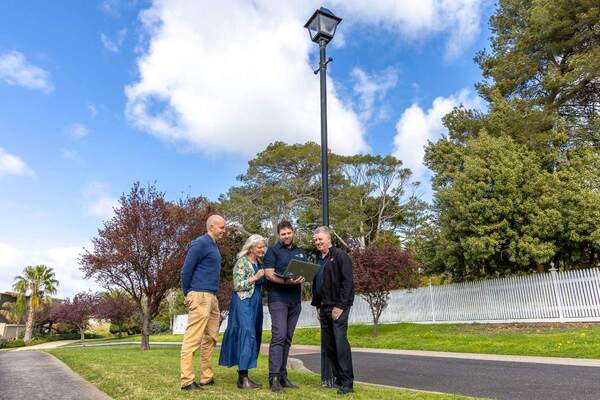Key Takeaways
- Over 22,000 outdated street lights in the Australian city have been replaced with energy-efficient LED lights.
- The new LED lights feature smart control technology for remote management.
- This upgrade aims to enhance energy efficiency and reduce operational costs for the city.
Energy-Efficient LED Street Light Upgrade
The Australian city has undertaken a major project to replace more than 22,000 outdated street lights with modern energy-efficient LEDs. The initiative focuses on not only enhancing light quality but also significantly reducing energy consumption. The new LED fixtures are equipped with smart control technology, allowing remote management and monitoring, which contributes to enhanced operational efficiency.
Smart control technology enables city officials to adjust lighting conditions based on real-time needs, improving energy usage and extending the lifespan of the lights. This transition represents a significant investment in sustainability, showcasing the city’s commitment to environmental stewardship. Energy bills are expected to decrease, creating long-term savings for local taxpayers.
The project involved a partnership among city officials, including project managers and energy experts, who worked collaboratively to design and implement this upgrade. The initiative is part of a broader effort to modernize urban infrastructure, aligning it with advancements in smart city technology.
Councillor Elise Wilkinson emphasized the importance of this upgrade not just for financial benefits but also for boosting overall public safety in the area. Better lighting improves visibility at night, making streets safer for pedestrians and drivers alike.
Powercor’s asset manager, Noel Twyman, noted that this shift to LED technology is a crucial step toward greener urban environments. By embracing innovative lighting solutions, the city can minimize its carbon footprint while making significant strides in energy conservation.
Overall, this project demonstrates a proactive approach to urban management, combining technological innovation with sustainable practices. It sets a precedent for future city projects focused on efficiency and responsiveness to community needs. As cities worldwide grapple with similar issues, this case serves as a model for integrating sustainability within urban planning.
The content above is a summary. For more details, see the source article.















